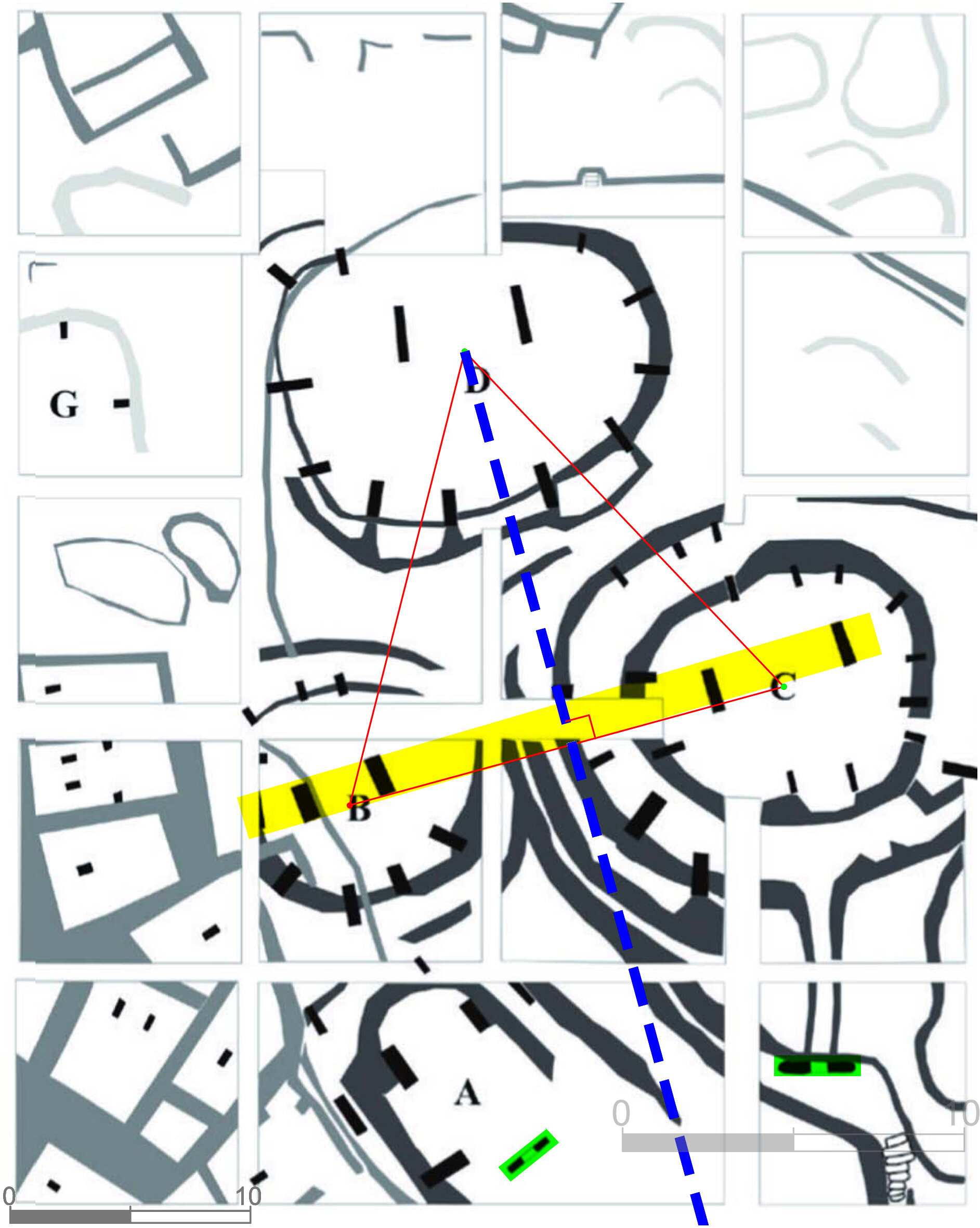Geometry guided construction of earliest known temple, built 6,000 years before Stonehenge
From phys.org:

The sprawling 11,500-year-old stone Göbekli Tepe complex in southeastern Anatolia, Turkey, is the earliest known temple in human history and one of the most important discoveries of Neolithic research.
Researchers at Tel Aviv University and the Israel Antiquities Authority have now used architectural analysis to discover that geometry informed the layout of Göbekli Tepe's impressive round stone structures and enormous assembly of limestone pillars, which they say were initially planned as a single structure.
Three of the Göbekli Tepe's monumental round structures, the largest of which are 20 meters in diameter, were initially planned as a single project, according to researchers Gil Haklay of the Israel Antiquities Authority, a Ph.D. candidate at Tel Aviv University, and Prof. Avi Gopher of TAU's Department of Archaeology and Ancient Near Eastern Civilizations. They used a computer algorithm to trace aspects of the architectural design processes involved in the construction of these enclosures in this early Neolithic site.
...
"Göbekli Tepe is an archaeological wonder," Prof. Gopher explains. "Built by Neolithic communities 11,500 to 11,000 years ago, it features enormous, round stone structures and monumental stone pillars up to 5.5 meters high. Since there is no evidence of farming or animal domestication at the time, the site is believed to have been built by hunter-gatherers. However, its architectural complexity is highly unusual for them."
more ...
